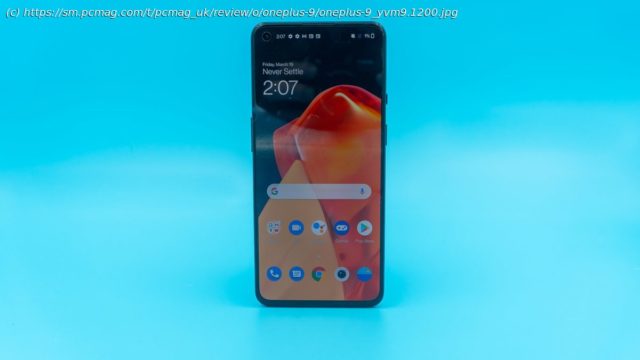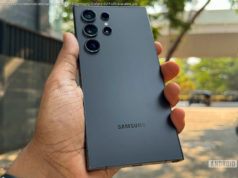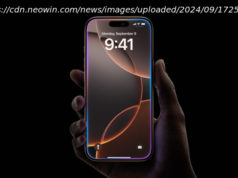An elegant alternative to expensive flagships
Editors’ Note: This review was updated on March 26 when the OnePlus 9 and 9 Pro were certified by Verizon. An efficient, no-nonsense Android phone, the OnePlus 9 (starting at $729.99) takes many things we liked about the OnePlus 8T and puts them on the most modern Qualcomm Snapdragon 888 platform. The resulting package delivers a fast and smooth Android experience, broad network compatibility (though it lacks the fastest form of Verizon’s 5G), and a very capable camera. We do miss optical zoom here, and the impressive cameras on the Samsung Galaxy S21 and the Apple iPhone 12 are enough to place them a bit ahead of the OnePlus 9 in our rankings. But if you’re less of a photo hound, you’ll find a lot to love in the streamlined design and elegant software. A Solid Chunk of Phone OnePlus now has four models in its most recent US generation: the flagship OnePlus 9 Pro (starting at $969.99), which has an even better camera and a new, revolutionary display; the mid-price OnePlus 9 reviewed here; the $299.99 OnePlus Nord N10 5G; and the $179.99 OnePlus Nord N100. They all have OnePlus’s speedy software philosophy in common, but their very different features make them easy to tell apart. The 9 comes in black (left) and lavender (right). At 6.3 by 2.9 by 0.34 inches (HWD) and 6.77 ounces, the 9 isn’t noticeably narrower or lighter than the 9 Pro. But it’s much heavier, and noticeably larger, than the Samsung Galaxy S21 and the iPhone 12 (and, of course, the diminutive iPhone 12 mini). It feels like a solid glass brick in your hand. The glass back comes in two colors, black and a shimmery lavender, and both attract fingerprints. Our test unit came with a textured black sandstone case designed to feel like the iconic back of the OnePlus One. The shiny back is a big fingerprint magnet. The model sold by T-Mobile is rated IP68 for water and dust resistance; the version sold directly by OnePlus (and presumably by other retailers) is not. There’s no headphone jack or adapter, and OnePlus’s own (very good) USB-C headphones were out of stock at the time of this writing, so if you want USB-C headphones, you’ll need third-party ones. You can also cut the cord with OnePlus’s wireless earbuds, the OnePlus Buds and the OnePlus Buds Z. If you’re buying third-party wireless earbuds, look for ones that support Qualcomm’s aptX HD codec, as it provides the best audio experience on OnePlus phones. Or you can fall back on the rich stereo speakers, which have a surprising amount of mid-bass for a smartphone. With a maximum volume of 98dB, they’re loud enough to fill a room. A Display Calibrated to a «T» OnePlus says the 9’s 6.55-inch,2,400-by-1,080-pixel display is the same as the OnePlus 8T ‘s, with a 120Hz refresh rate. DisplayMate Labs hasn’t tested the 9’s display, so we looked at its tests of the 8T to understand how this screen differs from those of the 9 Pro and other competing phones. For one thing, the display is extremely color-accurate. In Natural mode, which is designed for color accuracy, the 8T display never shows a color error more than 0.9 Just Noticeable Color Difference units, better than the Galaxy S20 Ultra (1.3JNCD) and considerably better than the iPhone 12 Pro Max (2.2JNCD). The 8T’s Vivid mode is indeed vivid; it pumps up reds in a way that a lot of people like even though it isn’t technically accurate. The 9 Pro (left) and the 9 (right) both have beautiful, color-accurate displays. On brightness, the 8T lacks the powerful sunlight-readable Auto Brightness mode on the 8 Pro and 9 Pro, but it’s brighter in sunlight than the iPhone 11 Pro Max and iPhone 12 Pro Max. In manual brightness, its Vivid screen mode beats the Galaxy S20 series but doesn’t come up to the most recent Pro phones or the iPhone 12. Assuming the 9’s display is indeed the same as the 8T’s—and we’re willing to take OnePlus’s word for it—it’s exactly what you’d expect given its price: up to date and accurate, but not as bright as some more expensive models. As it’s better than any phone display that’s more than a year old, you’re unlikely to be disappointed. You can manually kick the 120Hz display down to 60Hz to save battery, and the system automatically does that when you aren’t scrolling or looking at 120Hz content. If you really care about saving power, consider the 9 Pro, which has an even more advanced display that rolls all the way down to 1Hz. Flagship Performance at a Discount OnePlus, Apple, and Samsung all take the same approach with their high-end and step-down models: The less expensive phones have the same base processors and same basic performance stats as the flagships. The differences exist around features such as display, camera, and radios. This means the 9 is a great phone for gaming, and our benchmark results bear that out. Like the 9 Pro, the 9 has a base model with 8GB of RAM and 128GB of storage, and you can pay an additional $100 to get one with 12GB of RAM and 256GB of storage. The comparable 9 and 9 Pro models showed identical benchmark scores, with single-core scores around 1,125 and multi-core scores around 3,700. That means the 9 shows a 24% increase on single-core results and a 12% increase on multi-core results over the 8 Pro.






